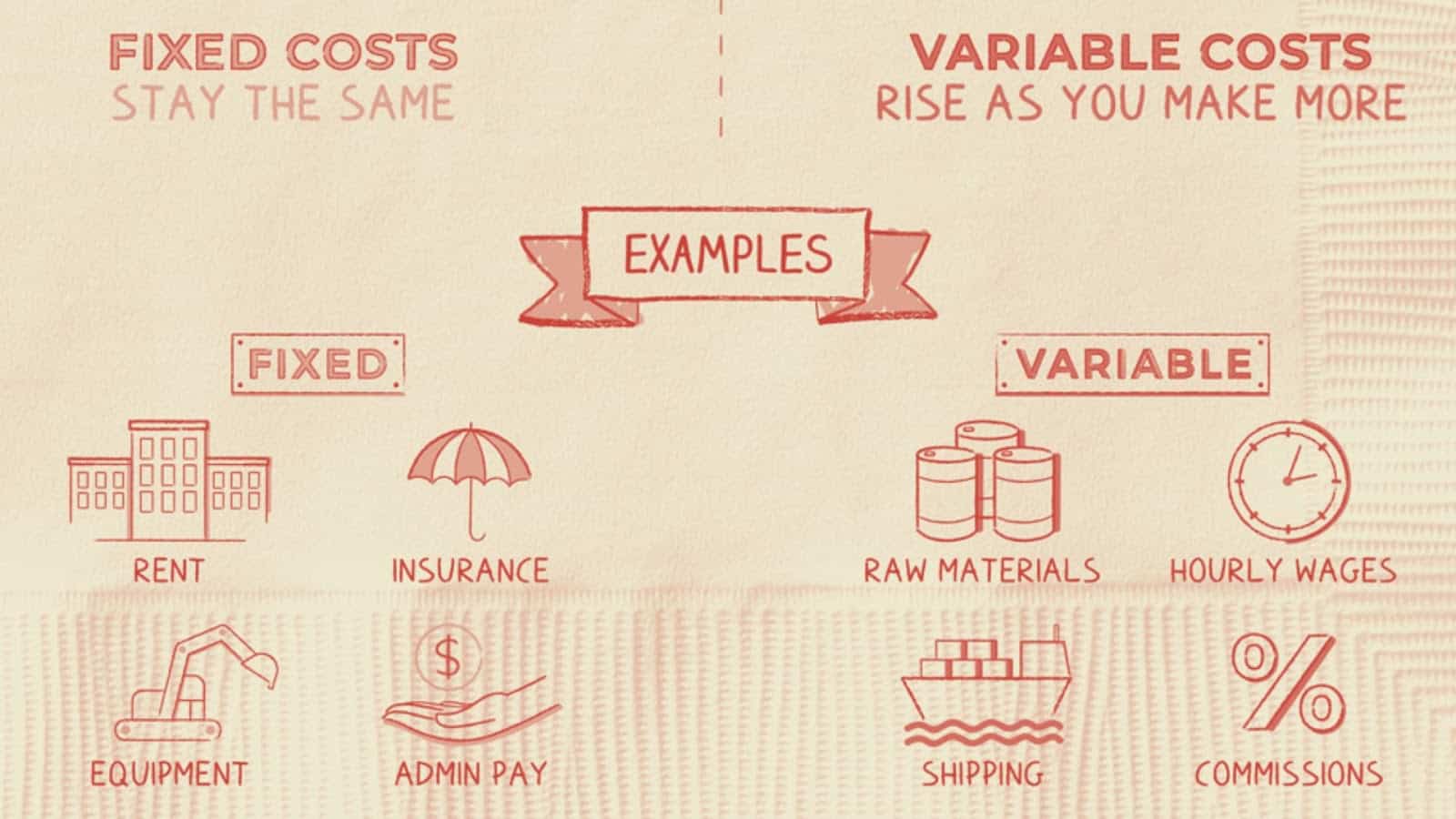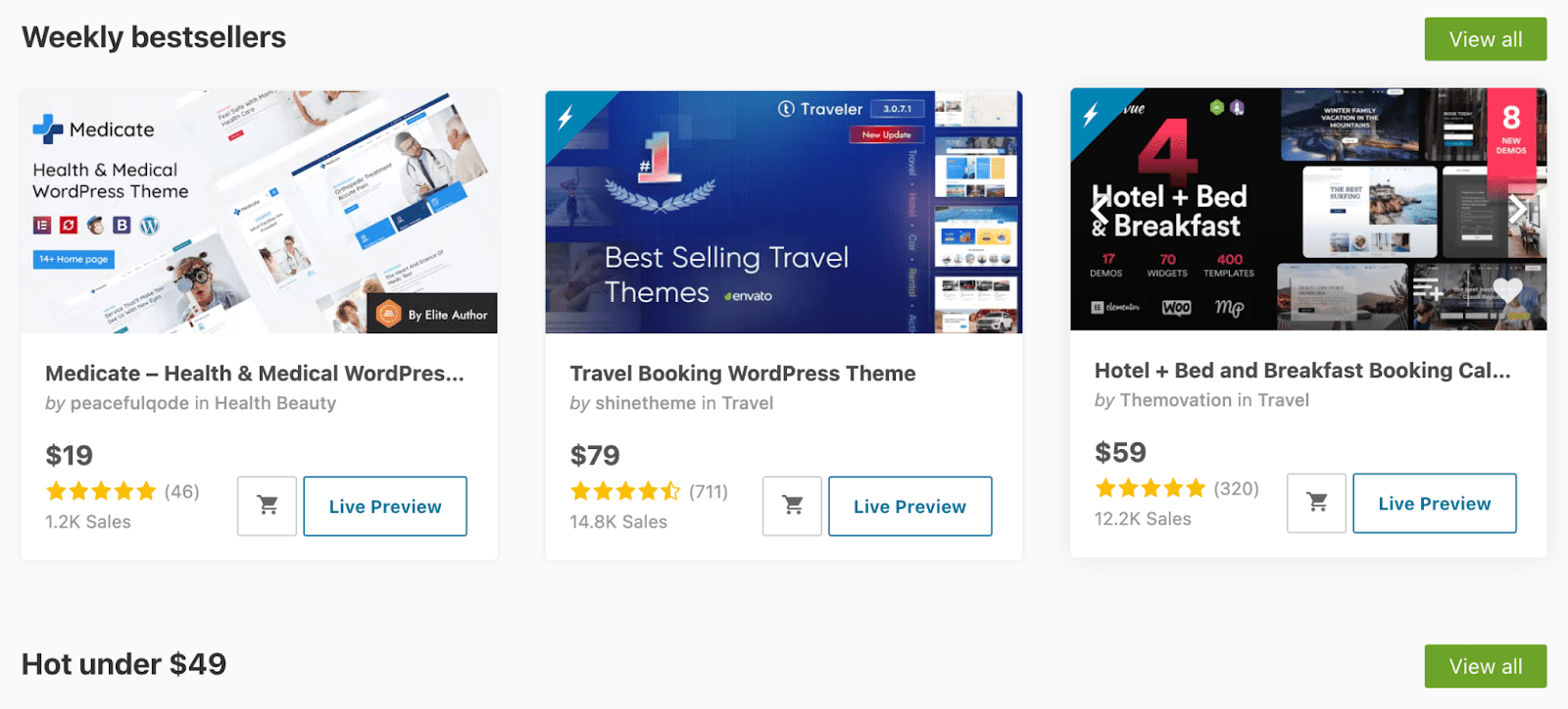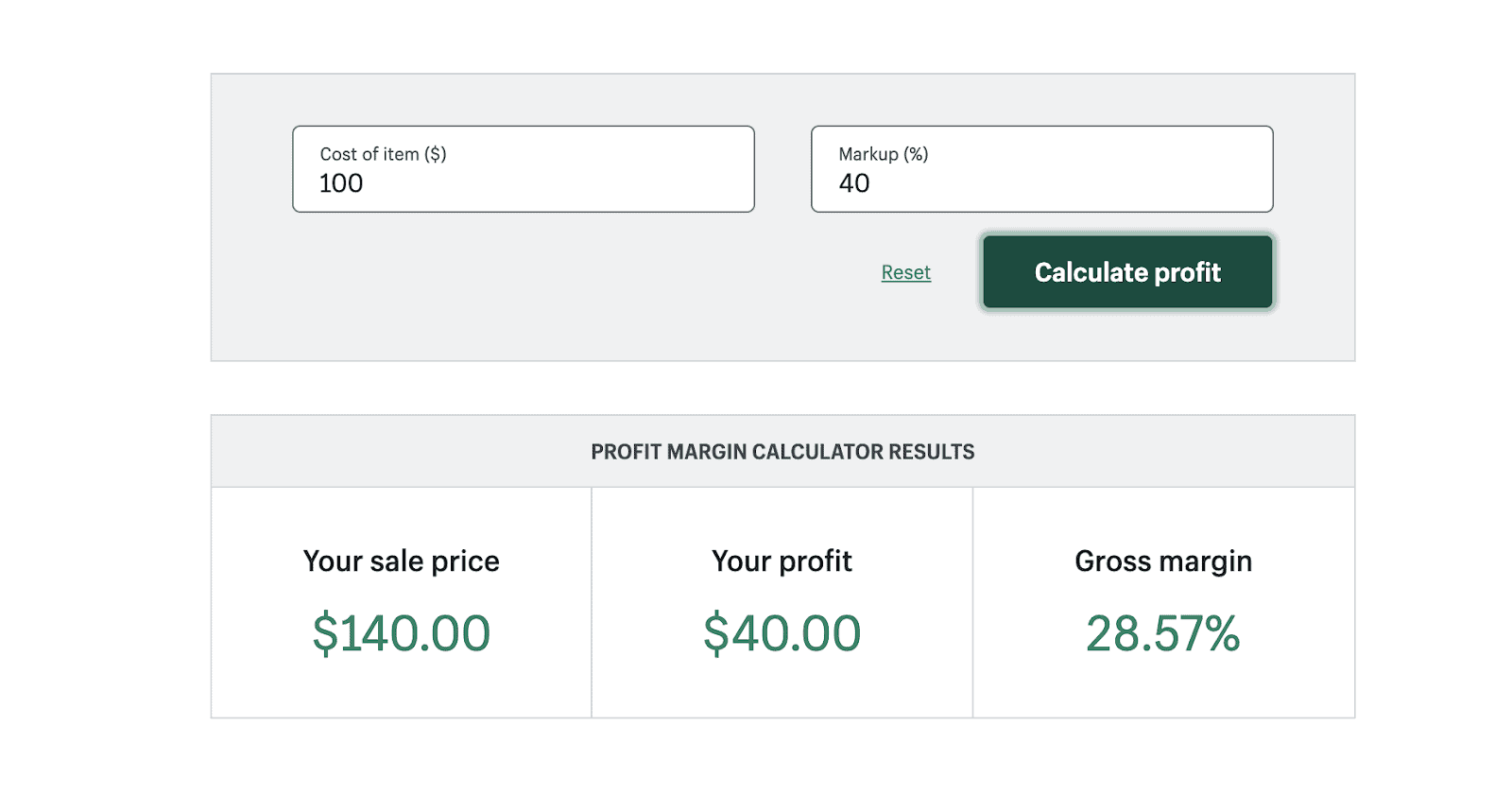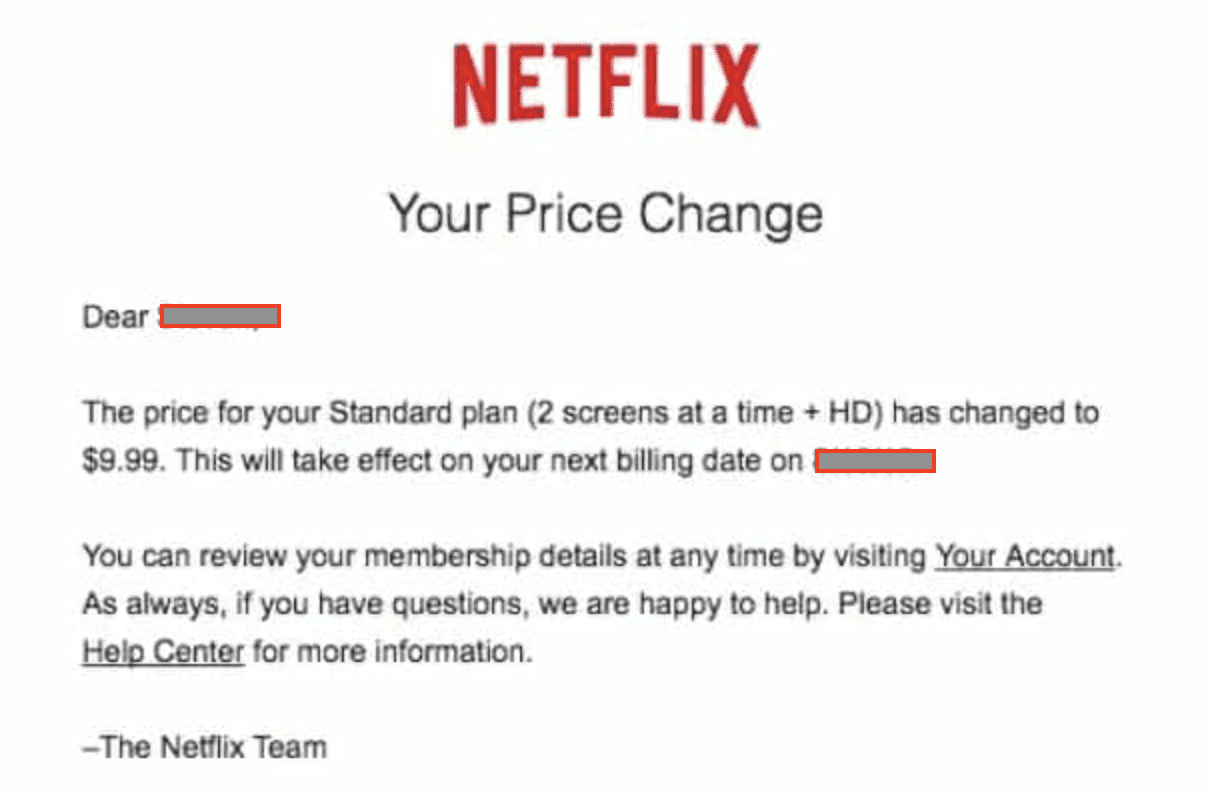Looking to price products for profit?
The right price for a product should cover all your costs, be competitive in the market, and ensure a profit margin for your business.
Several pricing strategies are available for any product type, but finding the sweet spot that satisfies all conditions is found beyond that.
In this guide for small business owners, let’s find out how to price products for profit that works for your business.
Frequently Asked Questions
Which Products Are the Most Successful?
Some of the most successful products ever include:
1. Coca-Cola
2. Rubik’s Cube
3. iPhone
4. Spanx
5. Sony PlayStation
All these products offered something unique to solve a consumer problem and for a reasonable price.
Their manufacturers also remained agile in adjusting the price of their products while taking in substantial profit.
What Is the Most Sold Product in the World?
The most sold product in the world is the PlayStation video game console.
Manufactured by Sony, it was introduced in the United States in 1995.
According to Sony Interactive Entertainment, different versions of the PlayStation raked in nearly 600 million units in total sales by the end of 2022.
What Product Has the Highest Profit Margin?
Dietary supplements are slowly overtaking unisex clothes, providing sellers with the highest profit margins.
Specialty products like mobile accessories and collectibles are also priced with a hefty profit margin.
You can make greater profits by selling the same number of units with a successful product in these industries.
What You’ll Need To Price Products for Profit
Besides having some mainstream or niche products to sell, you will need the following to find a profitable price:
- A record of the manufacturing and overhead costs to calculate how much you spend to produce each unit.
- A basic understanding of different pricing strategies allows you to choose the most suitable model for your product.
- Access to different price calculators available online to set a sale price. This requires using a web browser on a device.
It is also best to access industry experts and resources to conduct profound research about your competitors’ pricing models and consumer expectations.
How To Price Products for Profit: Step-by-Step Instructions
The price of a product depends on various factors, including demand and supply, perceived value among consumers, broader economic situations, etc.
Whether the product falls within innovative or competitive niches also plays a vital role, as the price must be aligned with consumer expectations.
Above all, your product’s price must offer consumers the expected value for it to succeed.
1. Find the Cost of Producing an Item
Simply put, profit is the value or money you gain after deducting the cost spent.
So, you must know the overhead cost of your product to find its profit margin.
Operating expenses or overhead costs refer to all expenses incurred for non-labor purposes.
Two types of overhead costs are mainly associated with producing an item:
- Variable Costs: The expenses that change in accordance with the total units you produce and how you produce them are the variable costs. It includes raw materials, production supplies, packaging, promotions, delivery, etc.
- Fixed Costs: Instead of changing as per output, fixed production costs remain essentially unchanged over time. It includes space rent, insurance, tax and liabilities, utility bills, salaries, etc.
If you produce more items, the fixed cost burden for each unit will be less.
However, salary expenses may increase if you hire more personnel to increase production. You must factor in all costs incurred from the moment you go into production to final delivery.
After that, you can estimate the minimum selling price per item to net you a profit. This doesn’t necessarily have to be the final price.

2. Determine Your Gross Profit Margin
You can find out the gross profit margin for your product by deducting its cost of sales from the total sales, usually denoted as a percentage that can be calculated with the following formula:
Gross-Profit Margin = (Total Revenue – Cost of Sales) x 100 / Total Revenue
For instance, if your total sales equal $1000 with an expense of $500, your profit margin = {($1000 – $500) x 100} / $1000 = 50%.
Once you deduct operating expenses, including taxes, from the gross profit margin, you get your net profit margin.
You must have a substantial gross-profit margin in your product price to make a good enough net profit. Targeting a profit margin and setting a price to reach your business goal is also possible.
The equation to calculate your product price with a target profit margin is as follows:
Product Price = Product Cost / (1- Target Profit Margin)
Not all industries can aim for the same gross-profit margin, as some spend more on operating expenses than others.
Producing digital products like a Canva or WordPress template may incur a lower financial cost.
However, you must still put a monetary value on your skills to find a profitable selling price.
Pro Tip: Minimize Cost To Increase Margin
While you may want to produce the best possible product and wrap it with the most attractive package, you must consider the viability of such efforts while factoring in the production expenses.
If you spend too much to produce an item, its price to net a profit may get out of reach of your target consumers.
So, strike a balance between the expenses and find the most optimal solution for sourcing production supplies and other materials. You should also consider customers’ expectations to make a value proposition they can’t refuse.
3. Study Pricing Models in Your Industry
Several scientific pricing models are available, a basic understanding of which can help you find the best strategy for pricing your products for profit. Some pricing models emphasize demand, while others may prioritize the cost of goods sold.
Some of the most prominent pricing models are:
- Cost-Plus Pricing: In this pricing model, you can simply consider the production expenses for each unit and add your desired margin on top. It is also known as market pricing.
- Competitor Pricing: This pricing model observes and meets the competitor’s price without much consideration. The product must offer something unique to stand out.
- Demand Pricing: Also known as surge or dynamic pricing, this model sets different prices based on demand and supply. If demand for an item surges, its price rises.
- Value-Based Pricing: Instead of basing the price on production expenses, this model encourages setting a rate based on how much customers will likely pay for an item. It relies on the perceived value of the product.
- Penetration Pricing: Often used by new businesses, this model enables a new product to penetrate the market by offering a lower price than its competitors. Offered usually for a short period, this price may just be enough to break even.
Once you know which pricing model is more appropriate for which industries, you may set a competitive price for your products that would make your business sustainable.
For instance, the airline industry uses dynamic pricing for their tickets that changes from one moment to another. However, being competitive may not be the best model for a product review blogger, where value is more important than demand.
Pricing a specialty product based solely on competition is not recommended, as it risks positioning the item as something generic.

Pro Tip: Promote To Increase Value Perception
You can increase the perception of value among consumers with different promotional and brand management strategies.
For example, luxury goods brands like Burberry charge a hefty sum for each product by positioning the brand as exclusive, unique, and with great tradition. Brands like Burberry or Apple communicate these value propositions about their brand through various marketing and promotions.
These efforts incur more operating costs, albeit with the potential to raise your profit margin.
4. Explore Different Prices for the Product
Many product pricing calculators are available online for free.
You can use several to explore different product prices before setting a sales price. Different calculators work with varying pricing models, so find the best fit for your strategy.
For example, in a markup calculator, you can input the item cost and your desired markup in percentage to determine the sale price, profit, and gross margin.
You may also want to calculate the price elasticity in your particular industry to analyze how volume affects prices. This would help you determine how many products you can sell at which price point.
It should also give you an idea of when to adjust your prices to generate more sales. While calculating different prices, consider your business’s goals and long-term profitability.
The price should also have enough room to account for any seasonal discounts or any increase in operating expenses in the foreseeable future.

5. Adjust Prices Based on Sales Data
You shouldn’t have a fixed price for any of your products unless the industry authorities impose a ceiling rate.
Instead, you should track and analyze your sales data to determine whether you have set the correct price for the item.
Can you charge a more significant margin without affecting sales? Or do you need to offer discounts to meet your total sales goals?
You can find the answers by pitting your sales data against competitors. It also helps with projecting a future price for the product. Reviewing prices for an item is often required for changes in circumstances.
Among others, it includes the following:
- A change in overhead expenses.
- A shift in macro and micro economic environment.
- Any new innovation in the wider industry.
- A change in your or competitor’s pricing strategies.
- Seasonal sales and promotional discounts.
While price increase is typically frowned upon by consumers, a significant rise in some variable costs beyond your control may make it necessary.
Likewise, you may find it necessary to decrease the rates per unit to reflect a recession, a shift in competition, or a change in demand against supply.

Similar Tutorials To Check Out
Now that you have a sound understanding of pricing products for profit check out the following sales strategies:
- How to Sell Canva Templates on Etsy: Tap the potential of an incredible online marketplace by learning how to sell Canva templates on Etsy.
- How to Blog That’s Built To Sell: Do a profitable business out of your passion for blogging by exploring how to blog that’s built to sell.
- How To Become An Amazon Best-Selling Author: Reach the top of the online book-selling leaderboard by discovering how to become an Amazon best-selling author.
Wrapping Up
While pricing products for profit isn’t as challenging as producing them, finding a price that represents the correct value needs work.
You can find the sweet spot of pricing for any product by following the tips in my guide. It also helps you to analyze and update your price as market variables change.
Please let me know whether this post was any help to your pricing efforts. You can also comment for further assistance and share the post with other budding entrepreneurs.






